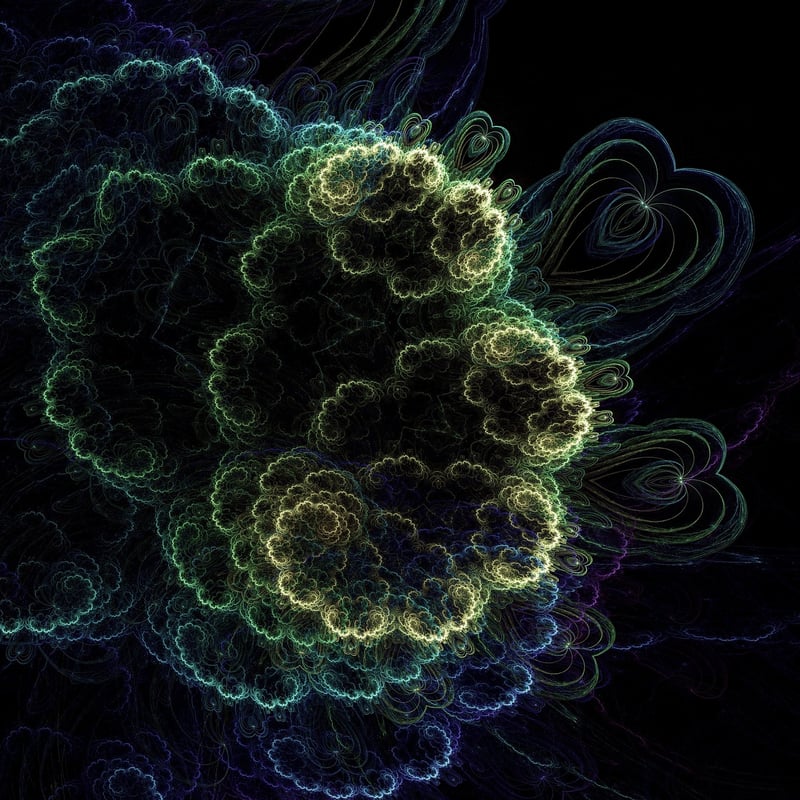Quantum Entanglement
Exploring the Connection Between Time Theory and Quantum Entanglement
Time theory and quantum entanglement are two fascinating concepts that have intrigued scientists and theorists for decades. While time theory delves into the nature of time, its flow, and perception, quantum entanglement explores the mysterious link between particles that can seemingly communicate instantaneously regardless of the distance between them. Let's delve deeper into these interconnected realms of science and explore how they might be related.
Time Theory: Unraveling the Mysteries of Time
Time has been a subject of contemplation and study for philosophers, physicists, and scholars throughout history. From the concept of linear time to the idea of time as a dimension that can be bent or warped, various theories attempt to explain the nature of time and its relationship with space and matter.
One of the key theories in physics is Einstein's theory of relativity, which posits that time is not absolute but rather a relative concept that can vary depending on the observer's frame of reference. This theory revolutionized our understanding of time and space, linking them in a unified framework.
Quantum Entanglement: The Spooky Connection
Quantum entanglement, often referred to as "spooky action at a distance" by Einstein, is a phenomenon in quantum mechanics where two particles become connected in such a way that the state of one particle is instantly correlated with the state of the other, regardless of the distance between them. This mysterious connection seems to defy classical notions of space and time.
Quantum entanglement has been experimentally verified and plays a crucial role in quantum technologies such as quantum computing and quantum cryptography. The implications of entanglement extend beyond the realm of physics and challenge our understanding of reality at a fundamental level.
The Connection Between Time Theory and Quantum Entanglement
While time theory and quantum entanglement may seem like distinct concepts, some theorists speculate that there could be a deeper connection between them. Some hypotheses suggest that the non-locality observed in quantum entanglement could have implications for our understanding of time as a non-linear or interconnected phenomenon.
Exploring the intersection of these two realms could lead to breakthroughs in our comprehension of the fundamental nature of reality, challenging conventional wisdom and opening up new avenues for scientific exploration.
Conclusion
Time theory and quantum entanglement represent two intriguing areas of scientific inquiry that push the boundaries of our understanding of the universe. By delving into these realms and exploring their potential connections, scientists and theorists continue to unravel the mysteries of existence and pave the way for future discoveries.
So, the next time you ponder the nature of time or the enigmatic world of quantum entanglement, remember that these two realms might be more intertwined than we initially thought.



